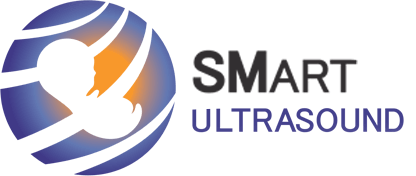
Detailed examination
During this examination detailed examination of fetus takes place. Also, confirmation of fetal cardiac activity, examination of fetal head, body and extremities, assessment of placenta, umbilical cord and amniotic fluid are carried out.
Risk assessment
This study enables us to evaluate the risks associated with the development of Down syndrome, Edwards syndrome, and Patau syndrome. To identify Down syndrome among pregnant women in the high-risk category, a comprehensive test known as the "Combined Test" is employed. This test incorporates the ultrasound measurement of neck fold thickness, along with assessments of beta chorionic gonadotropin (HCG) levels and pregnancy-associated plasma protein "PAPP-A" levels.
Highest accuracy
The "Combined Test" should be conducted between the 11th and 13.5th weeks of pregnancy. This test, factoring in the mother's age, enables us to estimate the risk of Down syndrome with a 95% accuracy level.
Conditions for conduction of the examination
• The study is conducted between the 11th and 13.5th weeks of pregnancy.
• In the majority of instances, the study is conducted through a transabdominal approach. However, in certain cases, a transvaginal method might be required for the study.


The risk for each woman is calculated on an individual basis, considering the following factors:
-
Assessment of fetal viability
-
Determination of multifetal pregnancy.
-
Determination of gestational age
Frequently Asked Questions
For more information, see the above information or contact us
